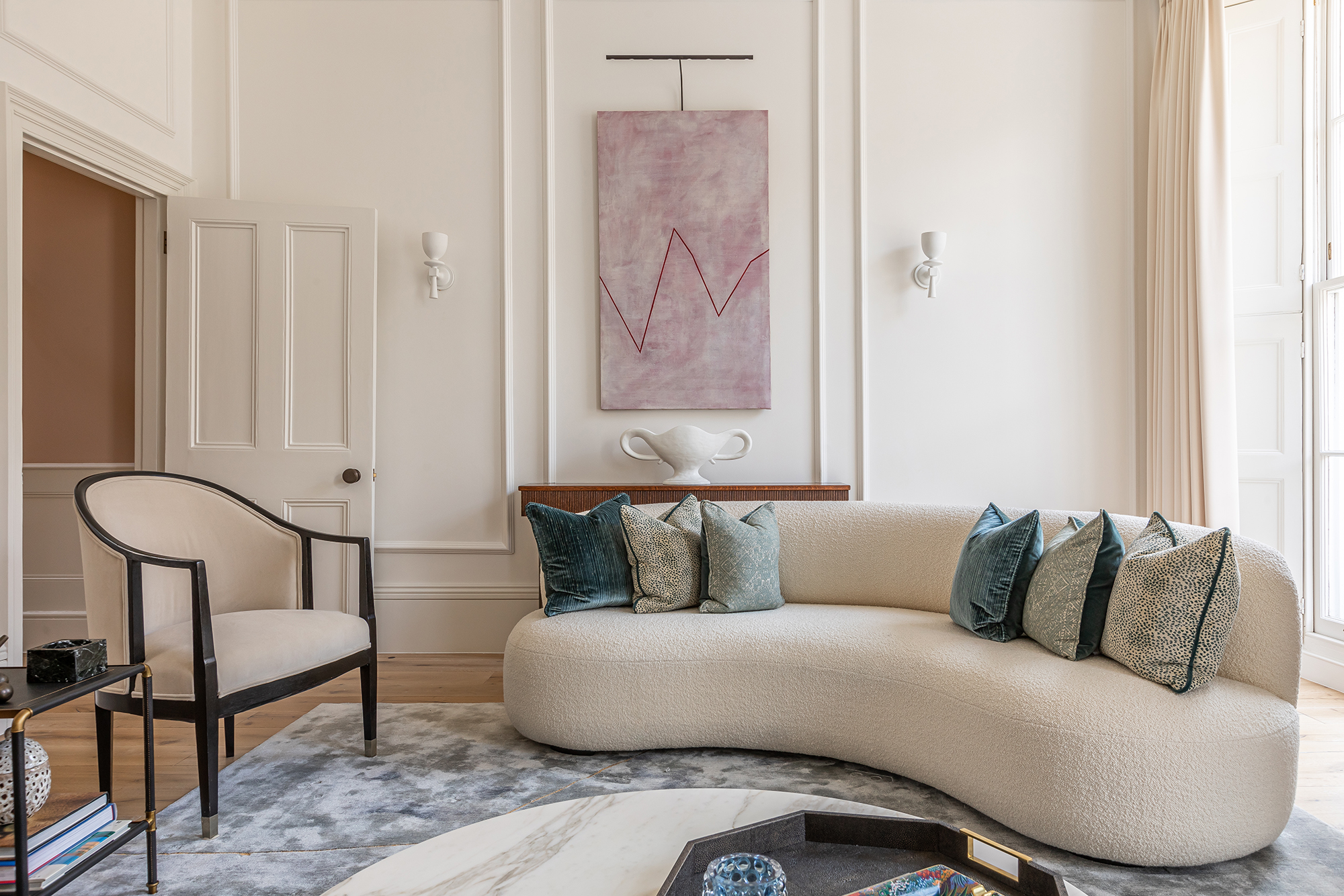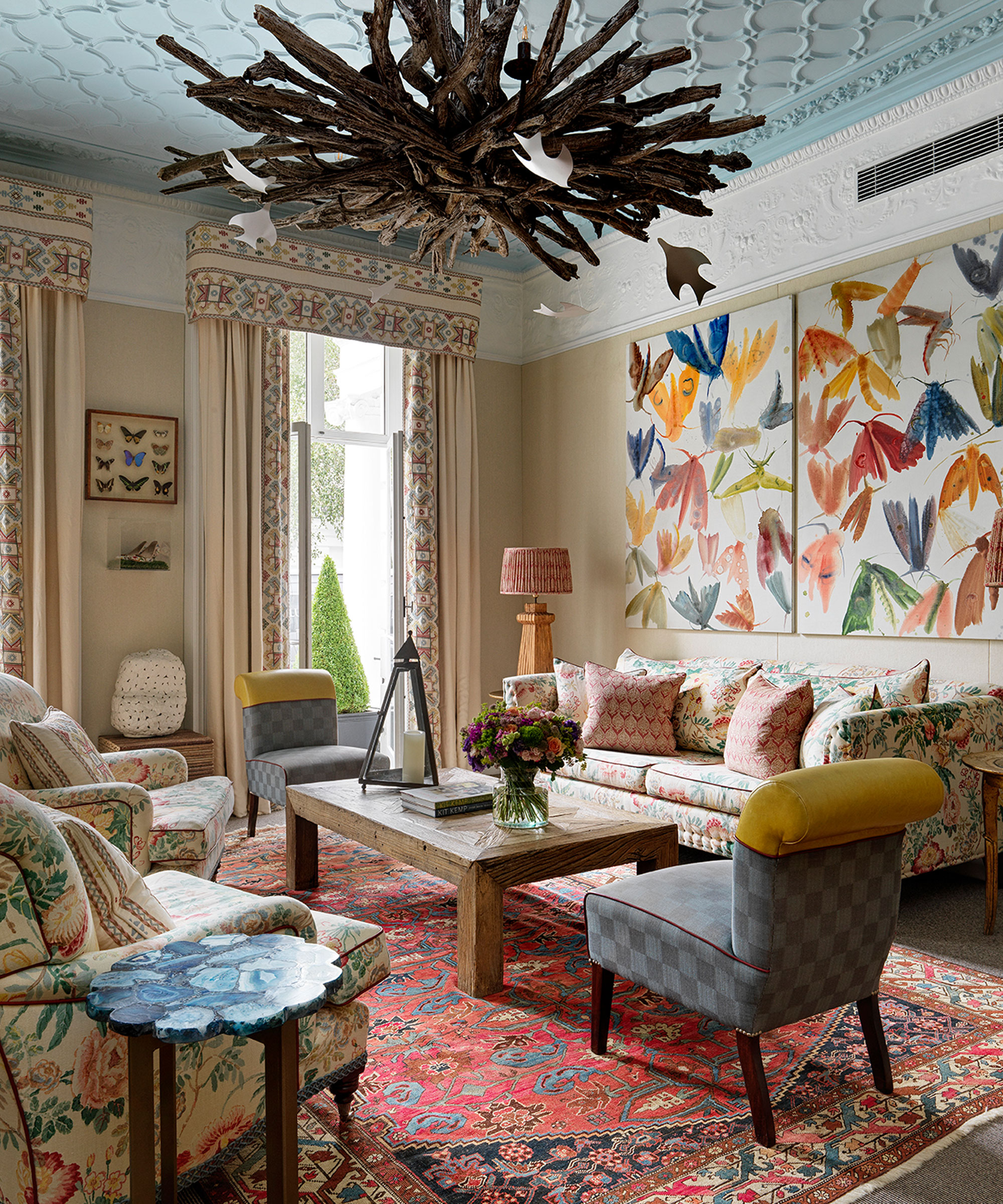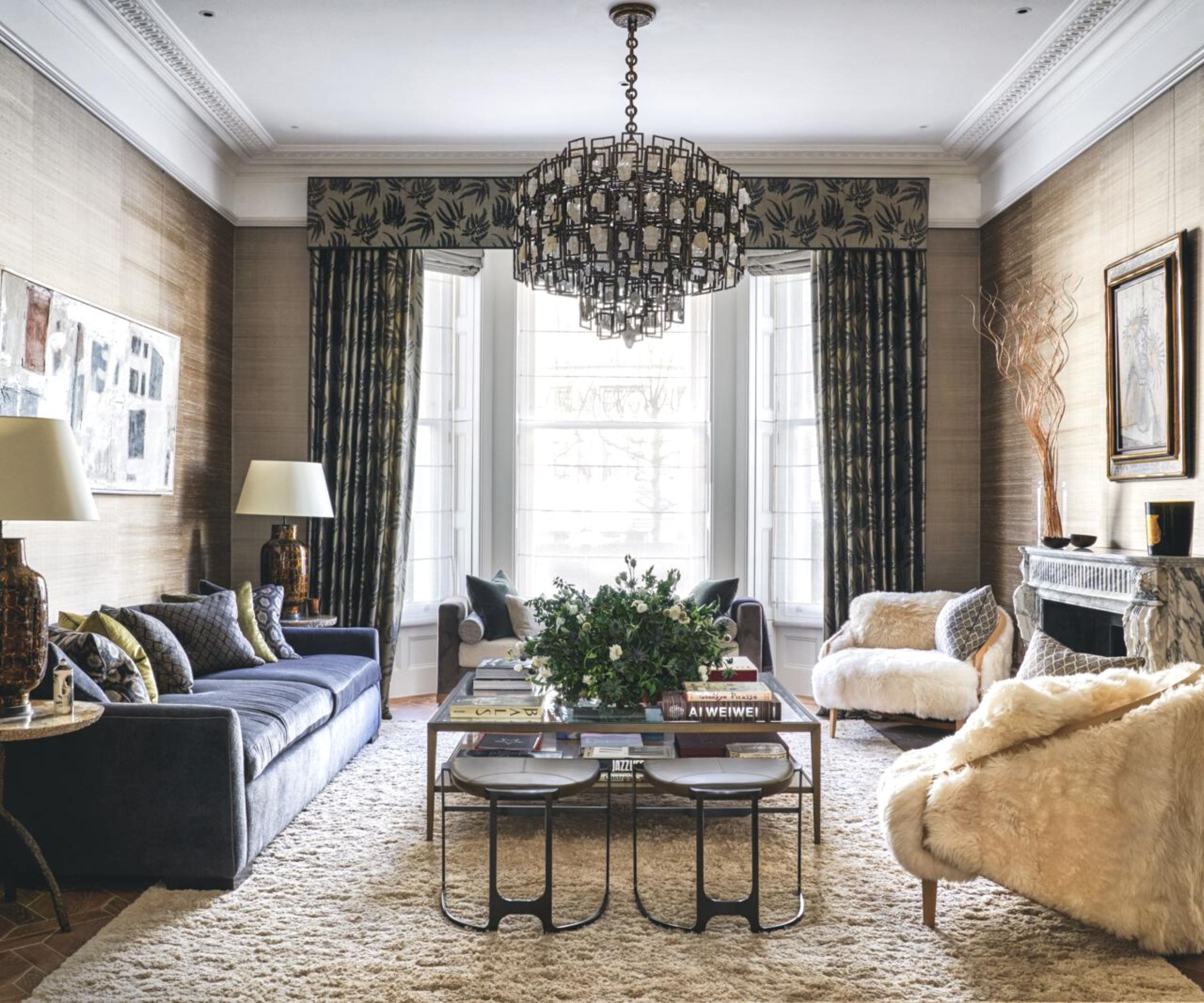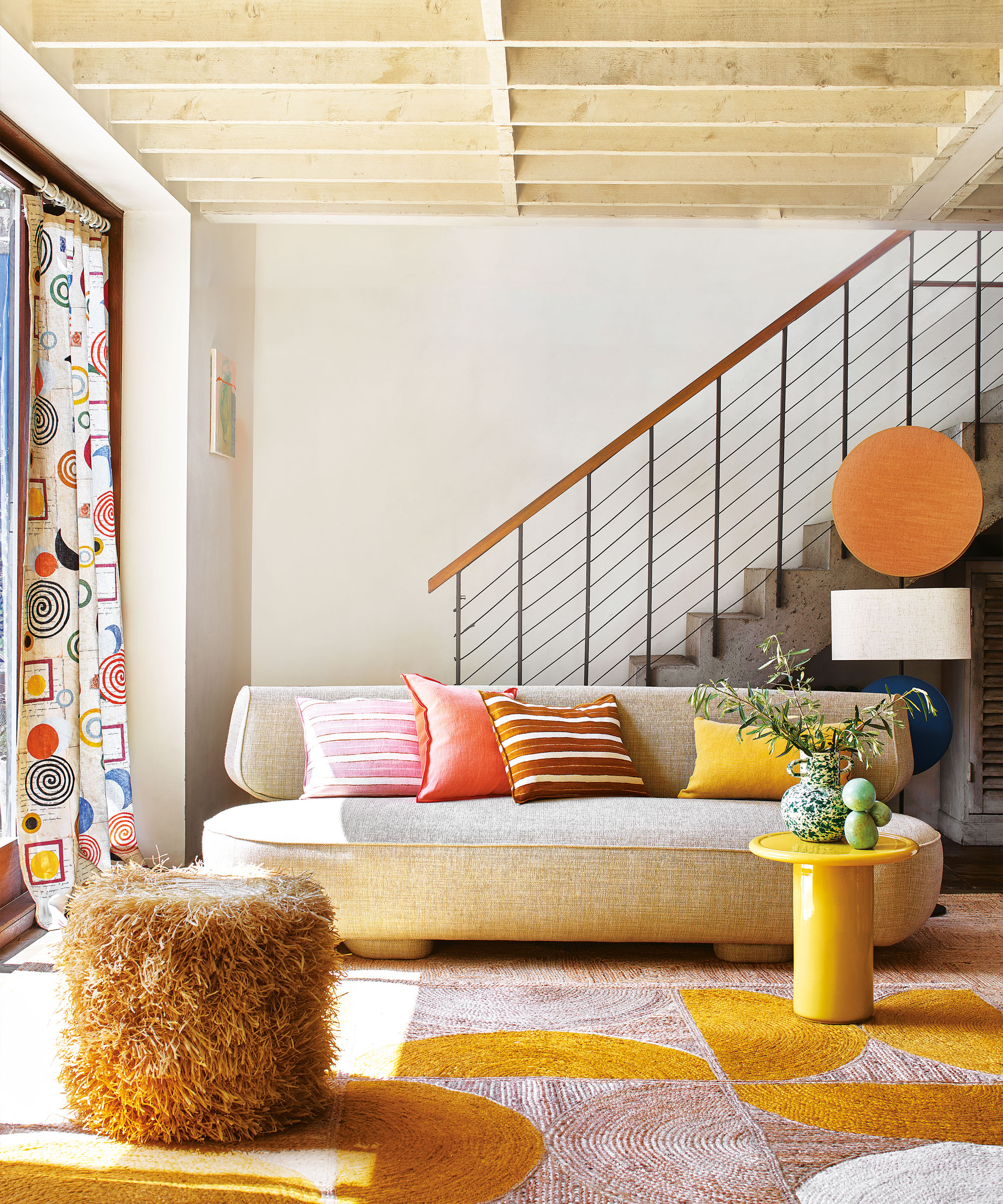Where should I place my sofa? Experts recommend 4 ways to improve Feng Shui flow
Improve the Feng Shui of your living room with these sofa placement tips


Feng Shui is often associated with the art of placement, with furniture having an impact on the feel and flow of energy in the space. When it comes to the sofa, the most important piece in the living room, finding the best placement can be tricky.
There are many different ways to living room Feng Shui and it could prove to be a useful tool in finding the best place for your sofa, especially if you are looking to improve the energy in your home at the same time. Although you should never put your sofa in front of a window in Feng Shui, there are a few ways to position your sofa for a room that both looks beautiful and flows well. Here we look at expert advice on where you should place your sofa for Feng Shui and why it is important to get it right.
Where should I place my sofa?
Good Feng Shui furniture placement could be vital in the living room as it is generally considered the main hub of the home for family and entertainment. Achieve the best Feng Shui sofa placement with these four tips.
1. Seek support by placing a sofa next to a wall

Much like Feng Shui bed placement, the ideal location for a Feng Shui sofa is against a wall, and it is for many of the same reasons.
Important pieces of furniture such as the bed and the sofa need the proper support and this can be provided by a solid wall behind the piece of furniture. A wall with a window or a mirror weakens the integrity of the support as it is believed to leave you susceptible to bad energy or potential danger. Instead of behind the sofa, place mirrors over a fireplace for better Feng Shui.
For this reason, you should also aim to avoid having a ‘floating’ sofa, or a sofa placed in the center of the room. It is considered good Feng Shui to have a small gap between the sofa and the wall to allow for air and energy flow, but any more than this could similarly leave you in the path of negative energy created by a lack of support.
2. Give the sofa a view of the door

One of the main principles of furniture placement in Feng Shui’s meaning is the command position. ‘The sofa should be placed in the commanding position,’ recommends Feng Shui expert Johanna Augusta. ‘This is the position where you can see the door but are not in line with it. This gives you a sense of security and ease.’
Design expertise in your inbox – from inspiring decorating ideas and beautiful celebrity homes to practical gardening advice and shopping round-ups.
The position is important in many rooms of the home, including the living room, bedroom, and office, and places you in the best position to welcome opportunities, spot danger, and remain supported, avoiding any vulnerability in the room.
3. Avoid the confrontational position

There are two opportunities to be in the confrontational position in Feng Shui - and both should be avoided. ‘The confrontational position is when the sofa is placed directly in front of the door. This is considered very unlucky as it represents a situation where you are constantly under attack,’ explains Johanna.
The other opportunity for the confrontational position in the living room Feng Shui is placing two sofas or chairs facing one another straight on. This can be uncomfortable for many people so it is best to place furniture pieces slightly off-center, as in this grand living room, so guests are not positioned directly across from one another.
4. Stay away from ceiling beams

‘Sofas should not go under ceiling beams as it represents a burden that is weighing you down,’ Johanna warns. Ceiling beams are traditionally bad luck in Feng Shui and should be avoided when following its principles closely.
If you cannot avoid having your sofa beneath a ceiling beam, consider painting the beam the same color as the ceiling to reduce its visual impact.
What to do if you cannot get the ideal sofa position
‘If you cannot get your sofa in the ideal Feng Shui position, there are a few things you can do,’ informs Johanna.
If you cannot avoid placing a sofa in line with the door, ‘you can place a plant or some other object in front of the sofa to symbolically protect you from any negative energy coming in,’ she recommends.
‘Finally, you can place a lamp on either side of the sofa to balance the energy.’ Balancing energy in the space is important considering the room's dual use for relaxing and entertaining. Consider adding Feng Shui plants to the space, or using decor that balances the many Feng Shui elements.
What direction should your sofa face?
The ideal direction for your sofa to face for Feng Shui is southwards. The south side of your home will get the most sunlight each day which is thought to provide positive energy in Feng Shui and is generally proven to improve our mood and wellbeing.
What’s more, one of the ideal Feng Shui TV placement ideas is in a southerly position, so this allows your sofas to be placed for both functionality and energy flow.

Chiana has been at Homes & Gardens for two years and is our resident 'queen' of non-toxic living. She spends most of her time producing content for the Solved section of the website, helping readers get the most out of their homes through clever decluttering, cleaning, and tidying tips. She was named one of Fixr's top home improvement journalists in 2024.